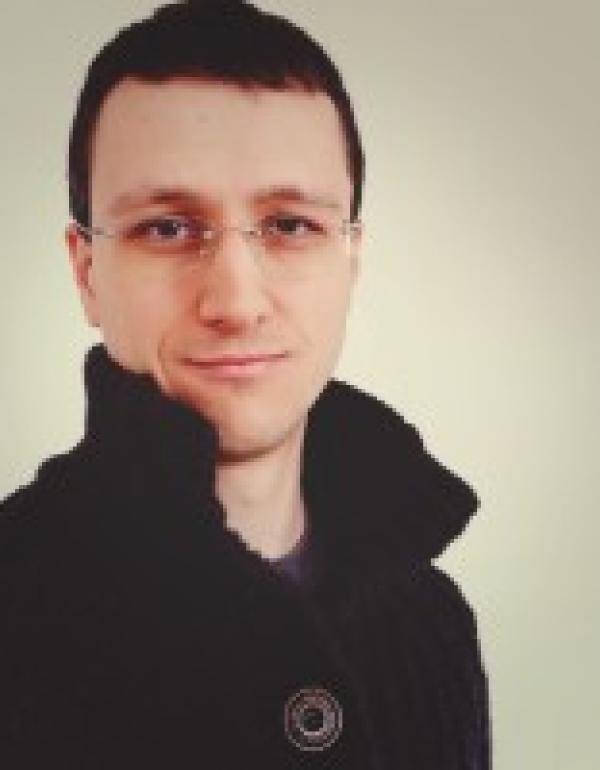SaferSkin 2.0: Exploring Integrated Approaches in Skin Sensitization Assessment
SaferSkin 2.0 is an in silico application, offering a platform for comparing and reporting models and approaches for skin sensitization. This innovative tool supports risk assessment and regulatory compliance by seamlessly integrating new experimental data. Join us online as we demonstrate how to utilize SaferSkin 2.0 for risk assessment, presenting case studies showcasing new model integration and comparisons.
Presenters:

Tomaž Mohorič is a Computational Scientist at Edelweiss Connect. He obtained a Ph.D. in physical chemistry at the University of Ljubljana. During his Ph.D., he has specialised in computer simulations of simple and complex liquids, in particular under non-equilibrium states. One example was the extensive computational studies of microwave heating of water and aqueous solutions. Besides that, he also participated in a multinational team of physicists, who studied by theory and in practice the properties of magnetic colloids under non-equilibrium conditions. After that, he worked as a research scientist in analytics development at Krka d.d., where he gained first-hand experience from the pharmaceutical industry. He joined Edelweiss Connect in 2019 to contribute to the modeling and data analysis for the replacement of animal testing.

Barry Hardy is the Chief Executive Officer (CEO) at Edelweiss Connect where he is leading its team supporting the development of new integrating solutions in industrial product design and safety assessment and the translation of research methods to industrial practice. Examples of recent commercial developments include the creation of the SaferWorldbyDesign platform (https://www.saferworldbydesign.com/) and the development of the SaferSkin (https://saferworldbydesign.com/saferskin/) and EdelweissData products (https://saferworldbydesign.com/edelweissdata/).

Pascal Ankli
Pascal Ankli, M Sc in molecular biology, started as a chemical laboratory technician (Swiss EFZ) at Ciba AG (BASF AG). During his apprenticeship he contributed to a variety of different research projects at home and abroad. After a one-year chemistry internship in New York, USA he began his studies in biology with a major in molecular biology at the University of Basel. He worked on his master thesis in Anne Spang’s lab in biochemistry where he investigated why organisms age, why certain diseases, such as neurodegenerative diseases, develop during aging and what could be done to treat those diseases. After graduating as an M Sc in molecular biology, he did a one-year internship in Flavio Donato’s lab in system neuroscience to solve the question on how the environment is encoded by neuronal cell activity in the hippocampus. This is where he got interested in the question on how it is possible that systems in our universe could evolve (such as biological organisms) which can experience their environment and what the physical basics of consciousness are. Since then, he has worked in several research groups and on different research projects as a molecular biologist with an interest in neuroscience.